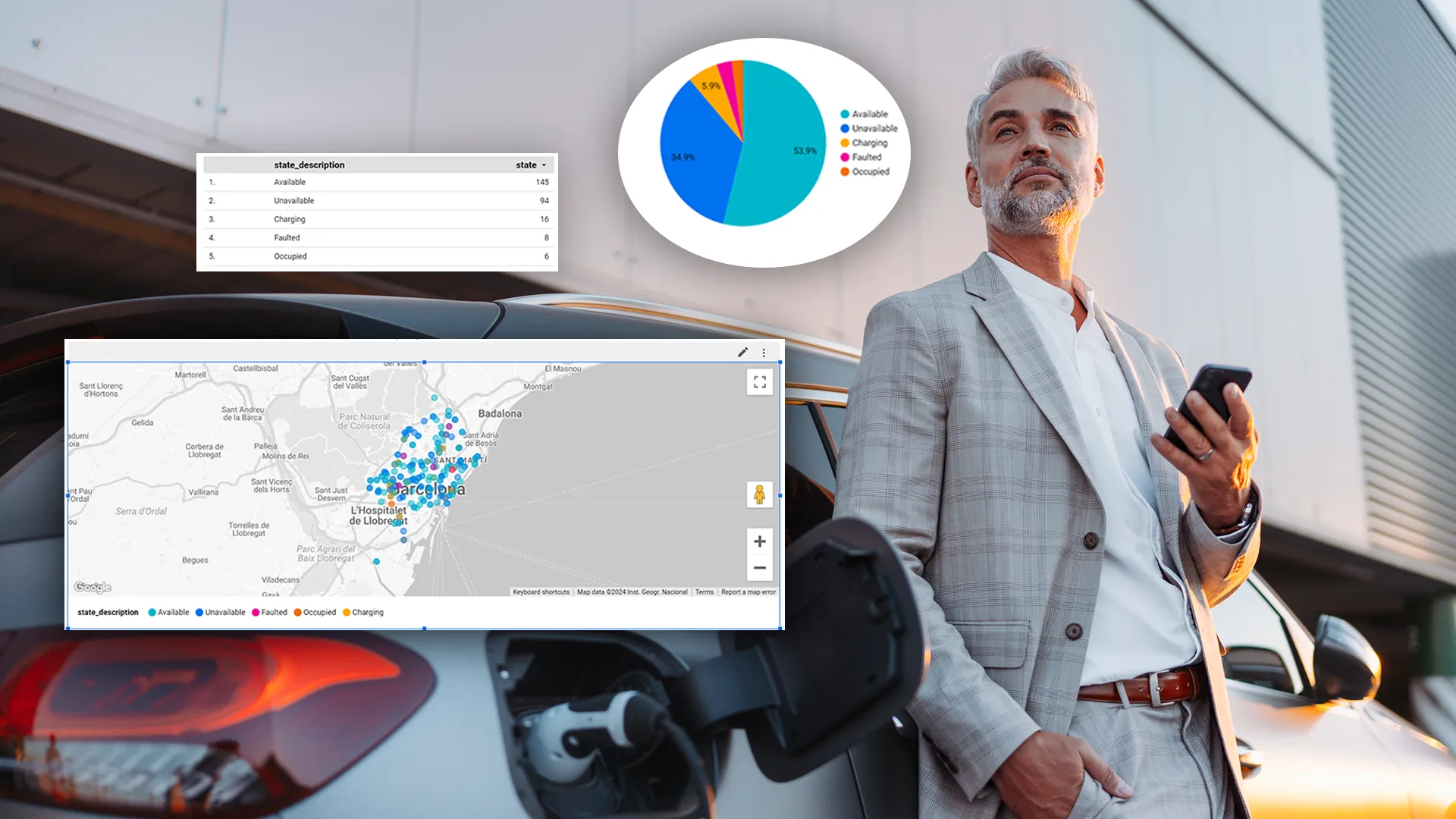5 reasons why you need real-time data to manage your business
April 10, 2023
Ana Guerra

Data processing has evolved and we no longer need to wait for the reports to come in to start making important decisions. Real-time data is a thing! Real-time data refers to data that is processed immediately after it is generated.
Combine real-time data with map visualization, alerts, and task automation, like what we provide with Mapify, and you've got yourself a very powerful tool at your disposal.
While traditional historical data is a snapshot in time, real-time data reflects changes that occur within the business in real-time.

In your business, there are things happening every second, and not everything is relevant. Examples of real-time events worth taking a look at:
- An increase in the search for a particular item of clothing
- A patient's sudden heart rate drop
- A car parking in a prohibited zone
- A person requesting food delivery through an app
Mapify allows you to handle incoming data from events like these, and process it at scale with minimal setup and code.
In this demo, we built a geofencing use case with two restricted areas. Then we simulated a car’s route and check that an email alert is sent when the car enters the restricted area.
As a business owner, you're constantly juggling multiple priorities and making decisions that impact your company's success. Real-time data is able to help you in many ways.
1. React faster to market trends
In today's fast-paced business world, staying ahead of the competition is critical. Real-time data gives you a competitive edge by allowing you to react quickly to changes in the market. Whether it's a sudden shift in consumer behavior or a new competitor entering the market, real-time data ensures you're always aware of what's happening now and that you can adjust your strategy accordingly.
Some businesses manage their prices based on availability, such as hotels and airlines, others like fashion e-commerce might want to push a certain discount because a celebrity was seen using their product.
2. Improve customer satisfaction
The customer experience can be tailored using insights from real-time customer data. Advertising and product recommendations can be influenced by things such as location or recent web searches. Consequently, this will create positive experiences for the customers to buy more, and come back for a second purchase or recommend it to a friend.
Imagine a regular customer is passing by your café and you currently have a special deal on their favorite drink. The café could automatically send a notification to their phone letting them know about this opportunity.
3. Optimize supply chains and operational processes
Real-time data is the backbone of a well-performing logistics system. With this data companies have visibility over inventory levels, they're able to monitor shipments and identify potential disruptions before they occur. Businesses can also identify bottlenecks and inefficiencies in the supply chain and take action to improve processes, reduce waste, and optimize resources.
For example, supermarkets can manage their inventories in real-time and order accordingly, and shipping companies can adjust their route considering road incidents or imminent weather conditions.
4. Identify and solve problems quicker
When you're managing a business, problems are inevitable. But the longer it takes to identify and solve a problem, the more money you burn. Real-time data enables you to quickly identify problems as they arise, so you can take action before they spiral out of control.
For example, if you notice a sudden drop in website traffic, real-time data can help you identify the cause so that you can make changes to get things back on track. Many times you can identify a problem before it actually happens by recognizing data patterns.
5. Improve communication between teams
Real-time isn't just important for business owners and managers, it also benefits your entire team. When everyone has access to real-time data, it becomes easier to collaborate and communicate effectively.
A common example of this is the relationship between Customer Service and Operations. They can share information on order status and provide customers with accurate and timely information, improving customer satisfaction and reducing customer inquiries.
Do you want to see what Mapify can do with your data? Book a call with our team to understand the potential for your business.




.jpg)

